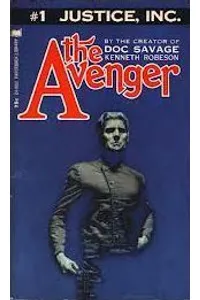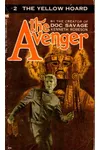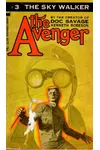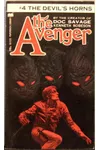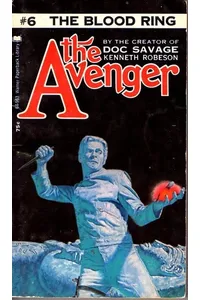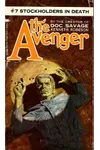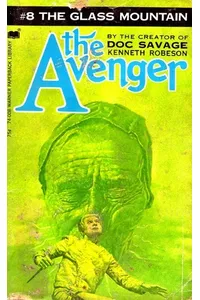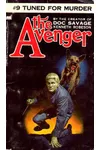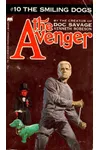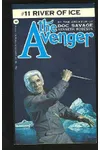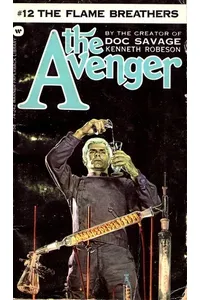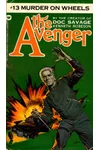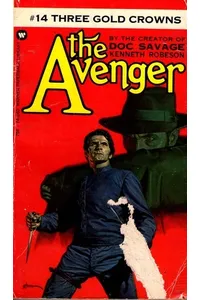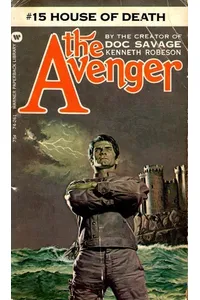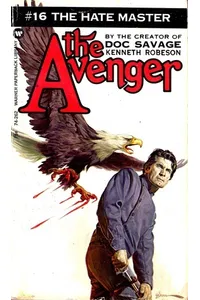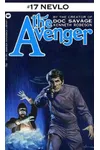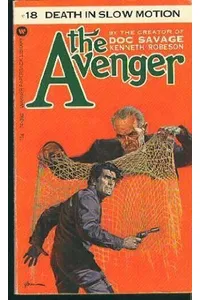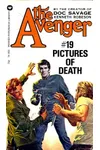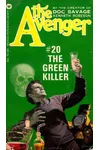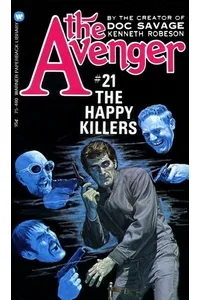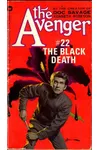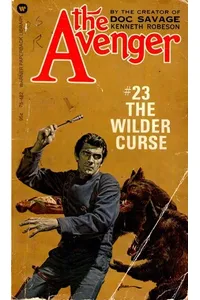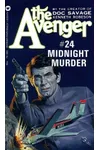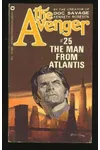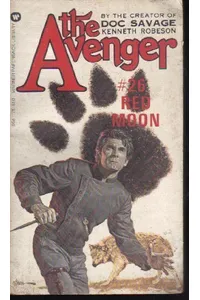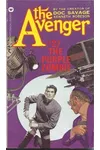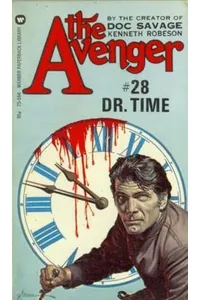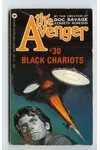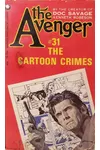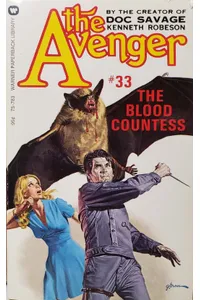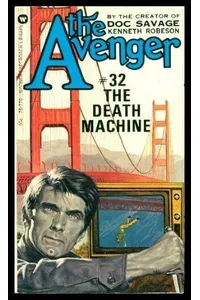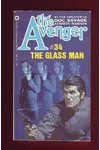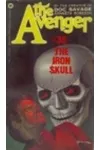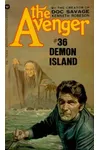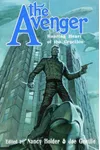Step into the thrilling world of The Avenger, where justice meets jaw-dropping adventure! Born from the gritty pages of 1930s pulp fiction, The Avenger series follows Richard Henry Benson, a man transformed by tragedy into a relentless crime-fighter. With his malleable face and unbreakable spirit, Benson battles global villains, blending the raw energy of pulp heroes with the seeds of modern superheroes. This isn’t just a story—it’s a high-octane ride through a world of danger and determination.
How The Avenger Began
In 1939, Street & Smith, the pulp fiction powerhouse behind Doc Savage and The Shadow, sought a new hero to captivate readers. Enter Paul Ernst, a prolific writer tasked with crafting The Avenger under the house pseudonym Kenneth Robeson. Inspired by the era’s hunger for larger-than-life heroes, Ernst created Richard Henry Benson, a tycoon-turned-avenger whose personal loss fueled his crusade against crime. Launched in The Avenger magazine, the series ran for 24 issues through 1942, with additional stories in Clues Detective and The Shadow magazines.
The Heart of The Avenger
The series kicks off with Justice, Inc., where Benson, devastated by the murder of his family, gains a unique ability: his face, paralyzed and clay-like, can be molded to mimic anyone. This debut novel sets the tone—fast-paced, mysterious, and packed with clever disguises. The Sky Walker introduces Josh and Rosabel Newton, a brilliant African American couple who defy stereotypes, adding depth to the team. In The Yellow Hoard, Benson hunts a gold-smuggling ring, showcasing his knack for outsmarting cunning foes. Murder on Wheels ramps up the action as Benson faces a deadly conspiracy tied to a mysterious invention.
The Avenger’s themes revolve around justice, resilience, and the power of transformation. Set against a backdrop of 1930s urban sprawl and global intrigue, the stories mix well-plotted mysteries with mild sci-fi twists, like Benson’s facial malleability. Ernst’s writing, while subtler than the era’s more bombastic pulps like The Spider, delivers intellectual heroes and grounded stakes, making each adventure feel personal yet epic. The inclusion of diverse characters like the Newtons, portrayed as intelligent and courageous, was progressive for the time, challenging pulp fiction’s often stereotypical norms.
Why The Avenger Resonates
The Avenger’s influence stretches beyond its original run, bridging pulp fiction and the superhero genre. Benson’s tragic origin and extraordinary abilities echo modern heroes like Batman, while his team dynamic foreshadows groups like the Justice League. The series’ 1970s reprint by Warner Paperback Library, with 12 new novels by Ron Goulart, and Moonstone Books’ 2008 anthology revived interest, proving its timeless appeal. Fans still celebrate its blend of mystery, action, and moral clarity, cementing The Avenger as a pulp icon that paved the way for today’s comic book heroes.
- Publication Years: 1939–1942 (original), 1973–1974 (reprints and new novels)
- Number of Books: 24 original novels, 12 additional by Ron Goulart
- Key Author: Paul Ernst (as Kenneth Robeson)
- Notable Revival: Moonstone Books’ 2008 anthology and 2015 novel The Sun King
Dive into Justice, Inc. and join The Avenger’s pulse-pounding crusade! Whether you’re a pulp enthusiast or a superhero fan, this series delivers a thrilling glimpse into the roots of heroic storytelling.
